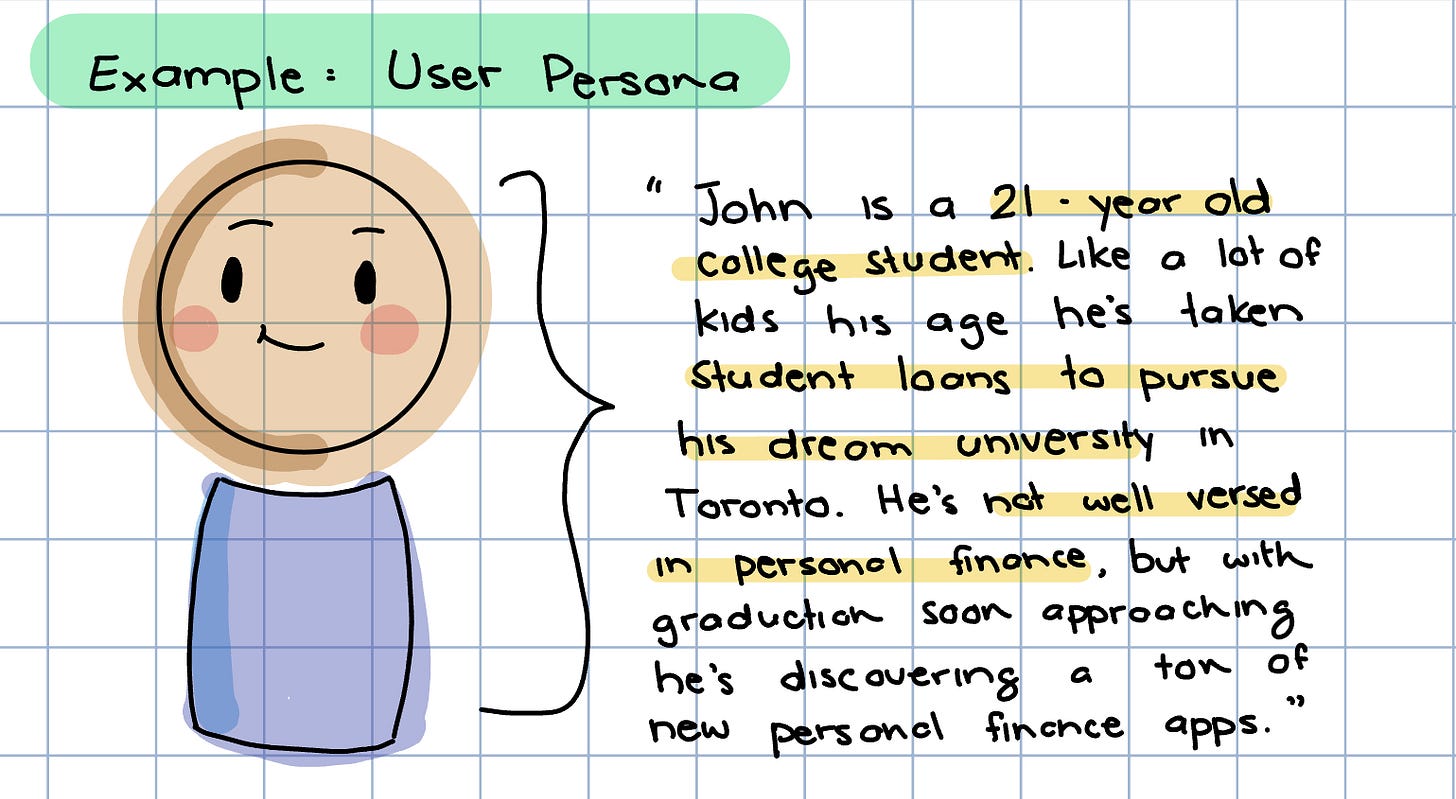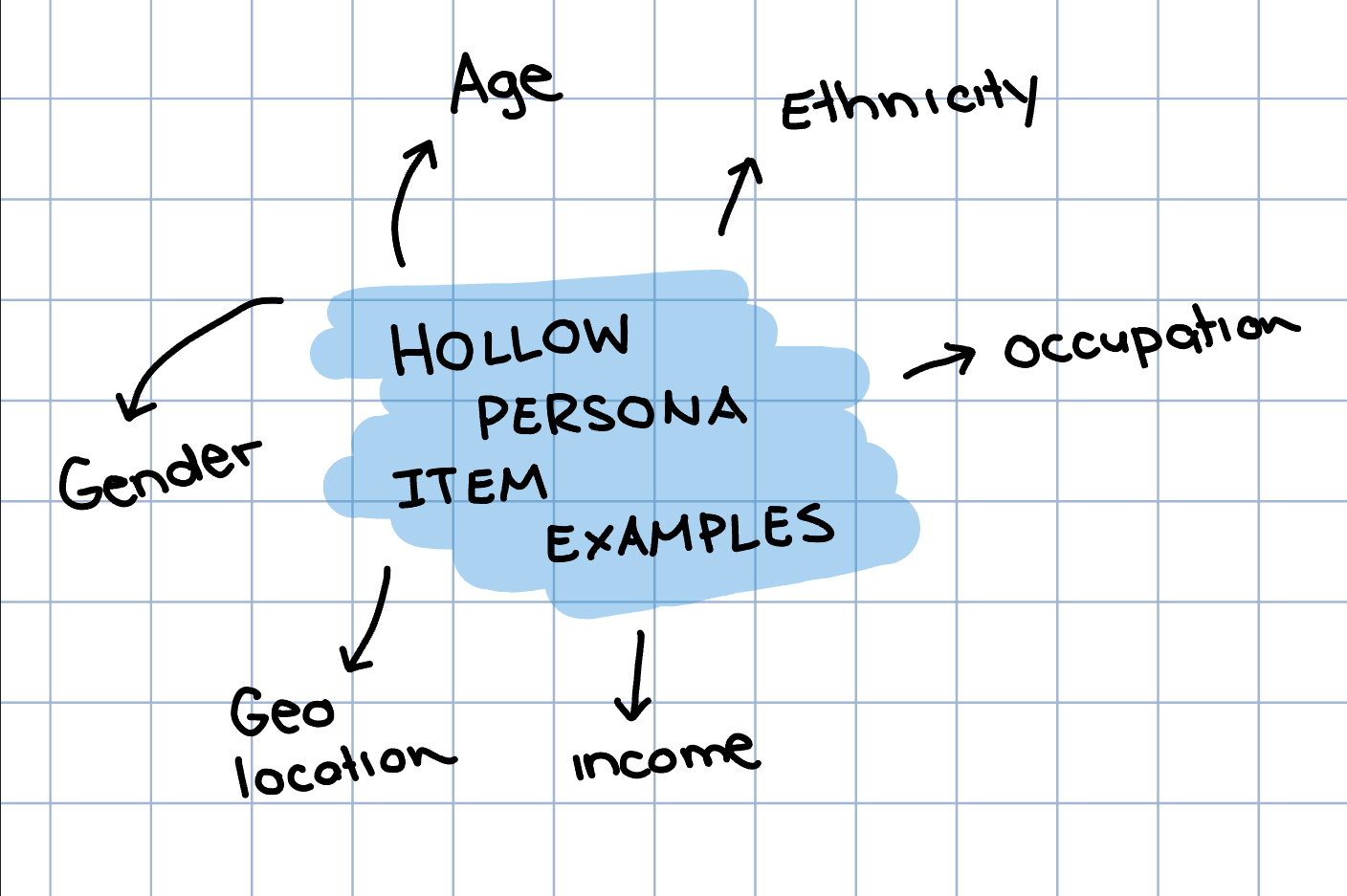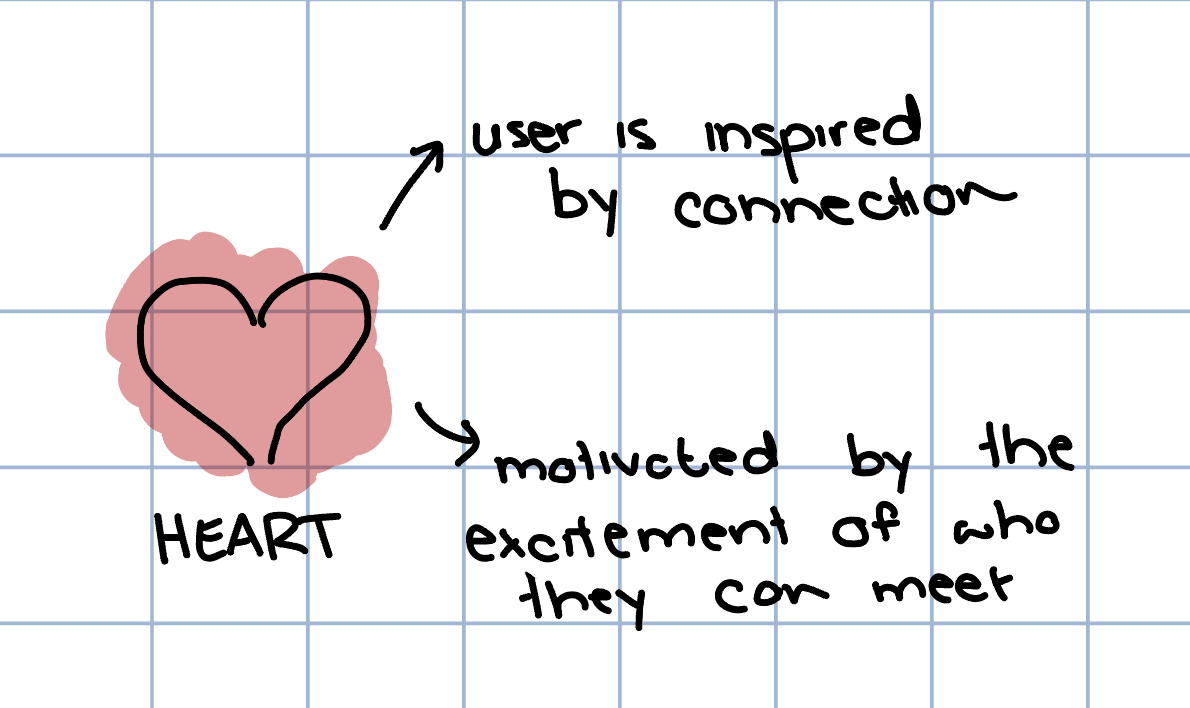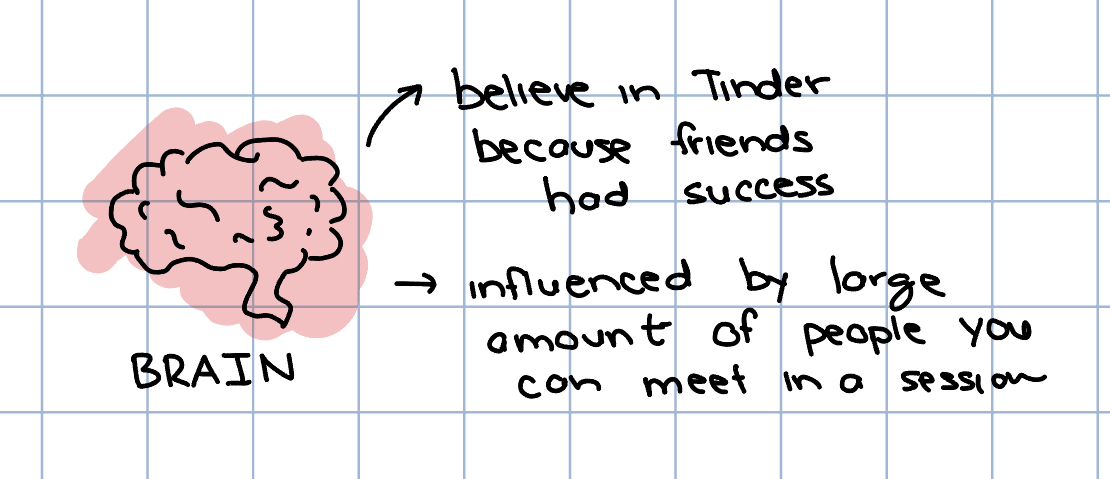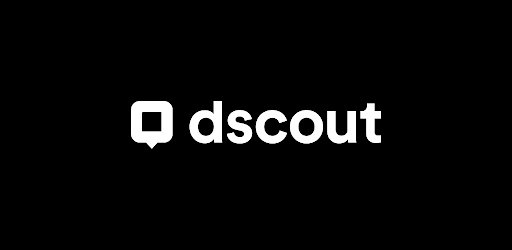🫀 What Are User Personas?🫀 | 🔨 Crafting, Utilizing, and Understanding the Fundamental First Step to Building Anything 🔨
Most great creations have someone in mind. But how do you define this person and how can we find them? In the recent TTP, I dive into what is a user persona and how to use them!
Hey! Thanks for checking in with this month’s issue of Tyler Talks Product! I’ve officially been back in Canada for the past month! Before starting FT, I’m running, playing some basketball, and watching a lot of Succession :)
For those of you that are new here, here are some issues you may have missed that I think are worth the read:
Thanks for reading Tyler Talks Product! Subscribe for free to receive new posts and support my work.
🎙 Request a Topic 🎙
Click the button below if you have a topic in mind that you want to explore in product management! It may be the focus of the next issue :)
I used to do theatre in high school (horribly may I add); I’d never think that the experience would apply to product management. The script memorization and rehearsals have not carried over, but the ability to dive deep into a character was a catalyst in developing a unique science to approaching user personas.
For those who don’t know, user personas are fictitious characters based primarily on user research that product teams create to inspire new products/features. The user persona may consist of multiple layers that include (at minimum) a user’s demographic, lifestyle, routine, and spending habits. If I were a product manager of a personal finance app like Credit Karma, I would have a persona such as the one below:
Although it is integral (most times) to have some perspective of how one uses your product, it is simply impossible to cover ALL use cases. User personas act as the primary unbiased voice to remind everyone who the product team is building for. What is integral to a good user persona is discovering the motivation of the user in question.
Without understanding WHY a person experiences a problem, the product team will have a hollow shell of census information found on your city's annual report.The variables above typically breed no value because there is a common mistake deriving insight from ONLY the face value. Take income for example, the number by itself is a gateway to more questions to understand one's lifestyle. You may want to benchmark that number or understand the feelings towards what their income instills (happiness, stress, pressure, lack of time). Instead of using demographic variables to build the skeleton of your user persona, let those variables lead to more questions about a person's motivation. Some examples are listed below:

Although I have never method-acted the user personas I’ve researched, I’ve wondered how I get to the crux of a persona’s motivation faster. When I understand a person’s values and motives, validating features becomes easier.
There is a popular framework for product value props called Brain, Heart, Stomach, and Genitals; the weird collection of organs identify how a user receives value in the product. For example, Duolingo is a classic example of a brain-based value prop for its ability to be practical. However, its colourful story-like lessons can strike an emotional accord, which can be a heart-based value prop.

From another viewpoint, this framework can prompt great discussions about a user’s motivations and create foundational elements for a great user persona. As an example, I'll take a college student who uses Tinder; I’ll draw each part out (on a day-to-day, just asking these prompts suffice) and identify motivations under each body part.
Once each applicable (notice I did not use stomach as I felt it did not apply) body part has the needed motivational prompts, a product team can construct different permutations of user personas. The team may come up with tens or hundreds of personas, however, prioritizing a select group comes down to what user group helps bring the company’s intended vision/mission to life.
Whether you decide to use the Heart, Brain, Genitals, and Stomach framework or not, I think exposure to other ways of constructing user personas can be beneficial. Below are some popular ways of thinking that can hopefully help you -
Hope these can help in some way. ❤️
Resources for Growth 📕
Recent Tech News and Resources That Might Interest You
🌪️ The Messy Middle - Understanding Startups from Co-Founder of Behance 🌪️
📱Understanding the Creator Economy Winter from John Hu 📱
On General Product Prep
Try Exponent: A PM website home to questions, company guides, and helps facilitate 1:1 interviews with other aspiring PMs.
Tech Talk for Non-Developers: A course dedicated to demystifying technical concepts for product managers in a more digestible way. (Fun Fact: I did this course and it helped a ton with my first PM job!)
APM List: APM season is here, keep up to date with PM job postings!
Coffee Program and Thank You ☕️
Thank you for taking the time to read this month’s issue! I’ll see you next month :)
Thanks for reading Tyler Talks Product! Subscribe for free to receive new posts and support my work.
Keep the conversation going.
Until next month,
~ Tyler ✌🏽








